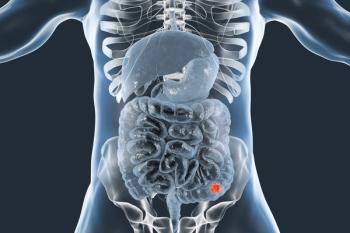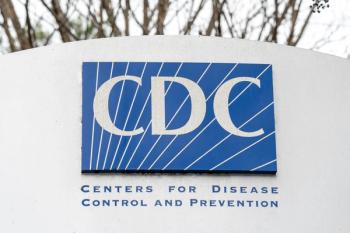
|Slideshows|October 14, 2019
9 Ways Health IT Can Help During a Disaster
From telemedicine to connecting resources, the importance of healthcare IT.
Advertisement
Newsletter
Get the latest industry news, event updates, and more from Managed healthcare Executive.
Advertisement
Advertisement
Advertisement
Trending on Managed Healthcare Executive
1
CDC slashes list of recommended childhood vaccinations from 17 to 10
2
Predictions for 2026 from Marci Chodroff, M.D., Jeffrey Casberg, RPh, M.S., and others
3
Predictions for 2026 from Tracy Baroni Allmon, Sharon Faust, Mike Kolodij, and others
4
Prescribing prevention: How nutrition access is reshaping affordable healthcare
5






















































